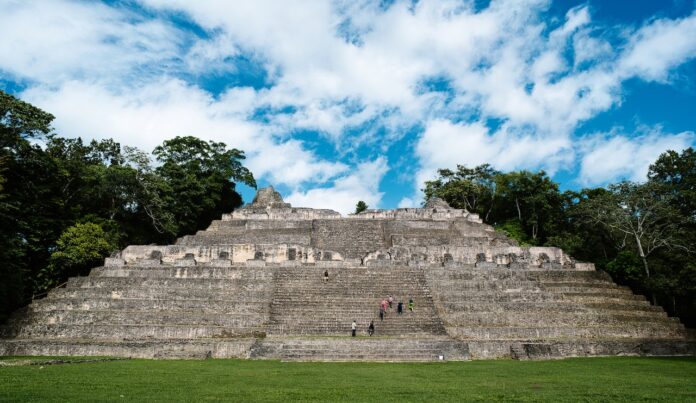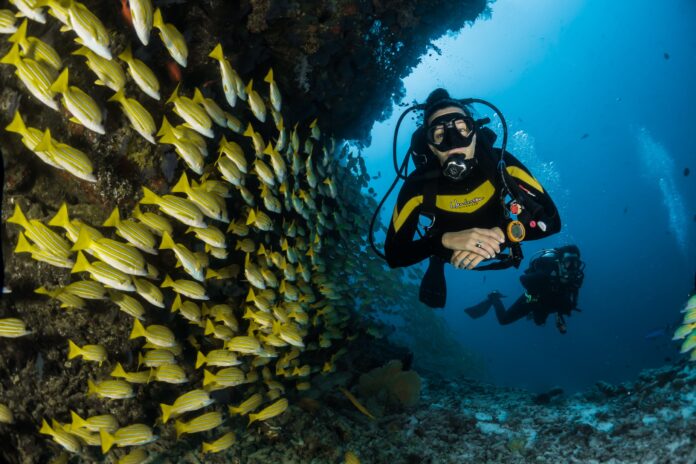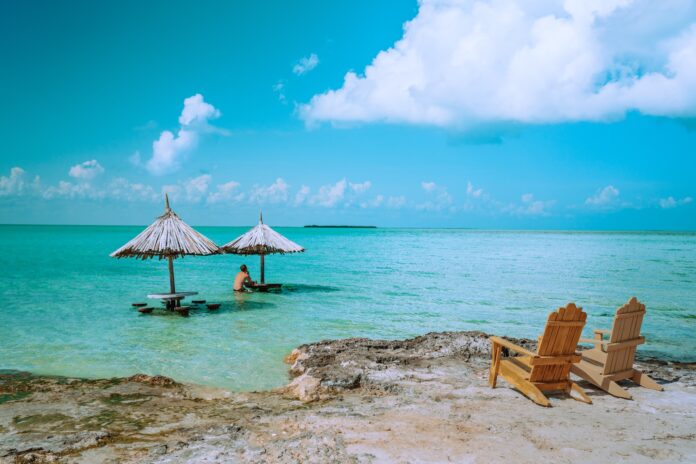Belize’s Jouvert, pronounced “ju-vay,” is a thrilling and exuberant prelude to the annual Carnival celebration. This lively street party, deeply rooted in Afro-Caribbean culture, offers an unfiltered and authentic experience that draws revelers from across Belize and beyond. In this article, we will explore the history, significance, and the unique allure of Belize’s Jouvert.
The term “Jouvert” is derived from the French word “j’ouvert,” which means “daybreak” or “morning.” It traditionally marks the official start of Carnival celebrations across the Caribbean region. Jouvert is celebrated with great enthusiasm in Belize and serves as a testament to the nation’s cultural diversity.
Historically, Jouvert was an opportunity for enslaved Africans and their descendants to celebrate their emancipation. It was a time to break free from societal norms, don vividly colored costumes, and express themselves through music, dance, and revelry. Over time, Jouvert evolved into a unique Belizean tradition that blends African and Caribbean influences.
Paint, Powder, and Mud
One of the most distinctive features of Belize’s Jouvert is the use of paint, powder, and mud. Participants, known as “Jouvertists,” cover themselves in vibrant paint, powder, and sometimes even mud, creating a riot of colors and patterns. This tradition symbolizes the shedding of inhibitions and societal constraints, allowing participants to embrace their true selves.
The paint, often applied with abandon, is a symbol of joy, liberation, and unity. It’s a form of expression that encourages participants to let loose and celebrate without reservation.
The Rhythm of the Drums
Music is the lifeblood of Belize’s Jouvert. Steel bands, drummers, and musicians fill the streets with the infectious rhythms of soca, calypso, and punta music. Drumming circles form spontaneously, and the beat is irresistible, urging everyone to dance.
The celebration is led by Jouvert bands, which include costumed dancers and entertainers on mobile trucks. These bands are not only a source of entertainment but also convey social and political messages through their performances.
Cultural Unity and Expression
Belize’s Jouvert is a celebration of cultural unity and self-expression. It transcends ethnic, racial, and social boundaries, bringing people from all walks of life together in a joyful, uninhibited celebration. It’s a time when Belizeans proudly embrace their cultural diversity, with participants often wearing traditional clothing or costumes representing their heritage.
Jouvert fosters a sense of belonging and community, emphasizing the importance of cultural preservation and unity in Belizean society. It serves as a reminder of the nation’s history and the resilience of its people.
Belize’s Jouvert is a raw and authentic celebration that captures the spirit of liberation, unity, and cultural pride. It is a vivid expression of Belizean identity, rooted in African and Caribbean traditions, and a testament to the nation’s vibrant cultural mosaic. Whether you’re actively participating or simply a spectator, Belize’s Jouvert offers a unique and unforgettable experience that celebrates freedom, diversity, and the unbridled joy of life.










